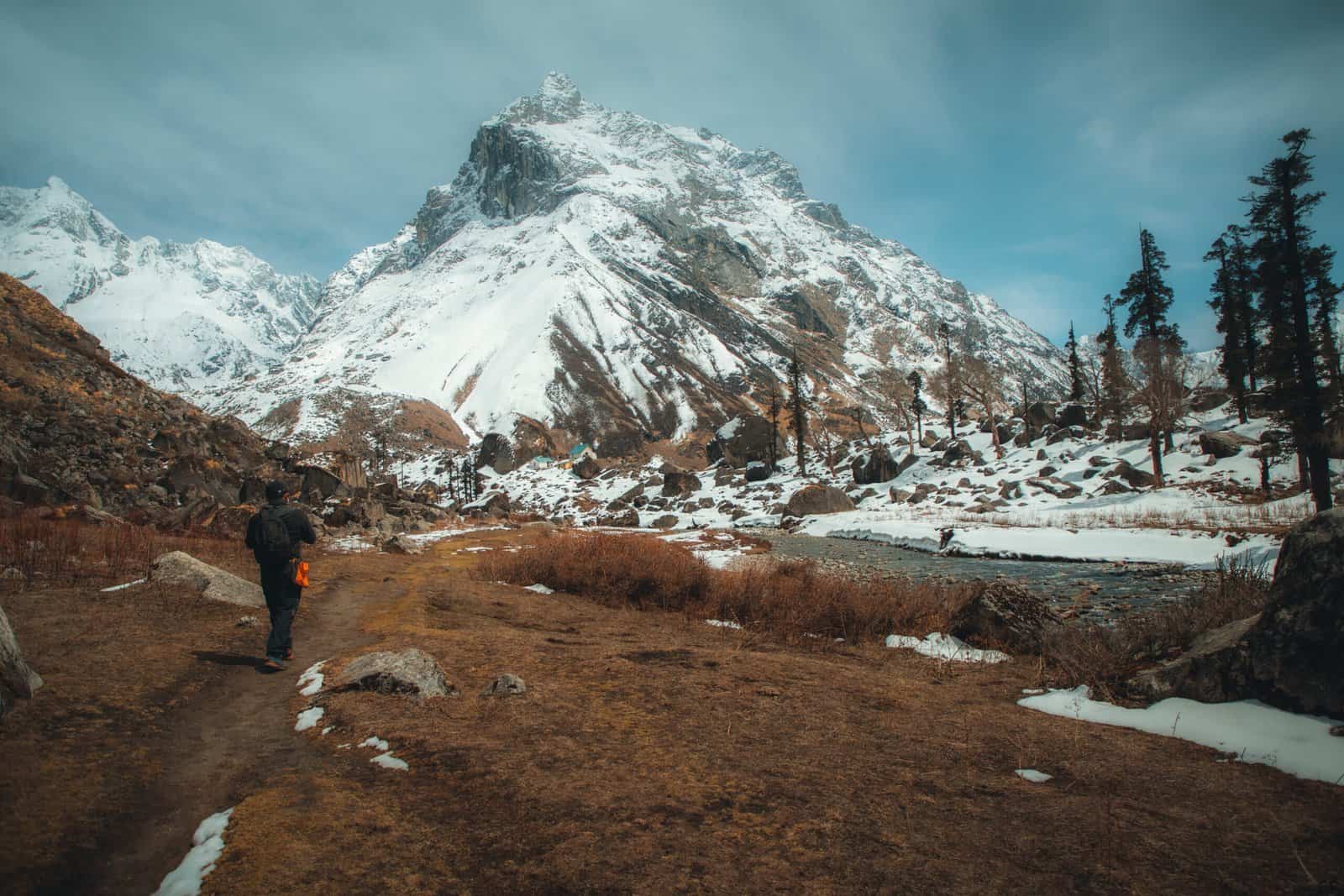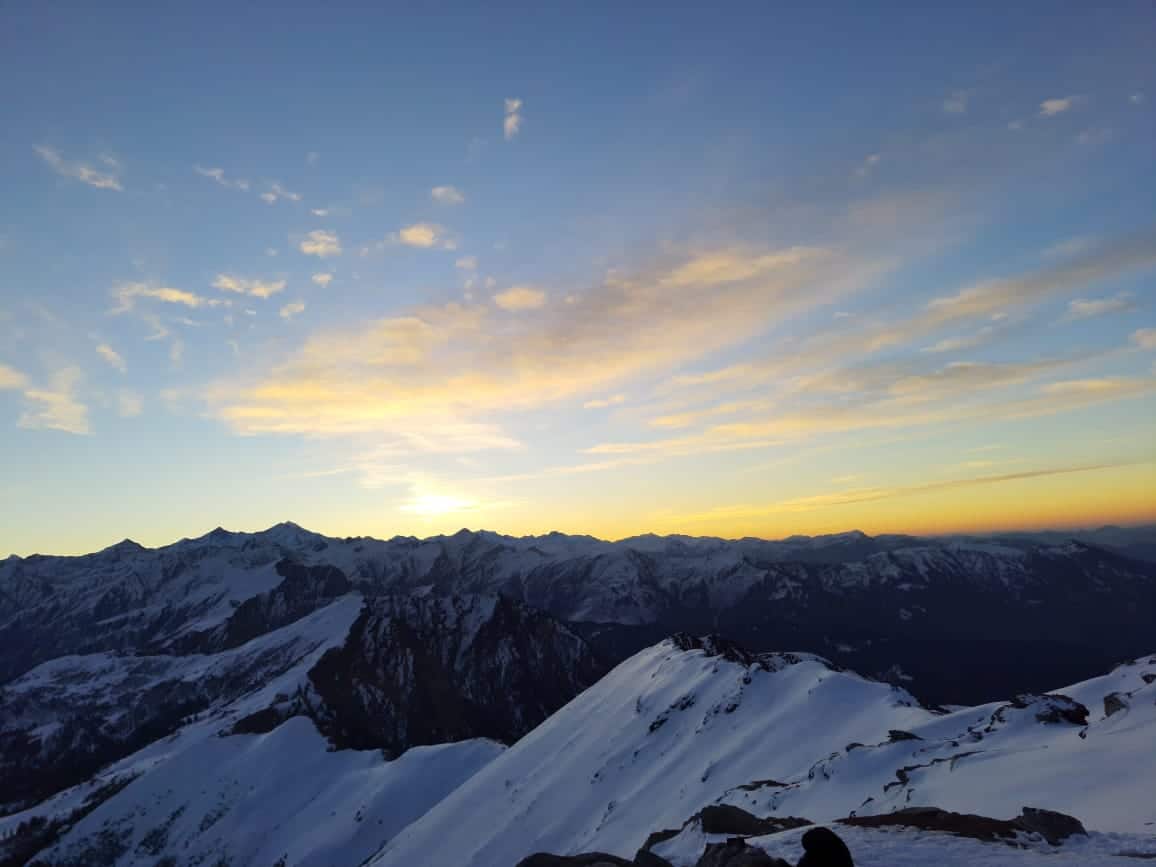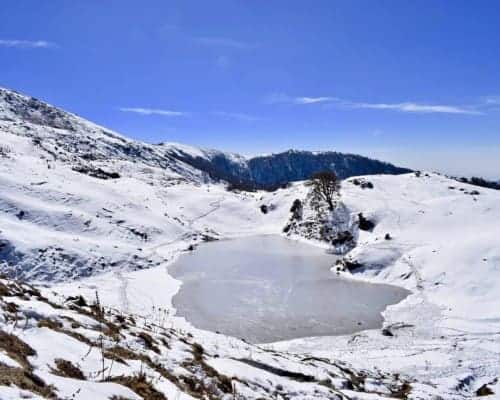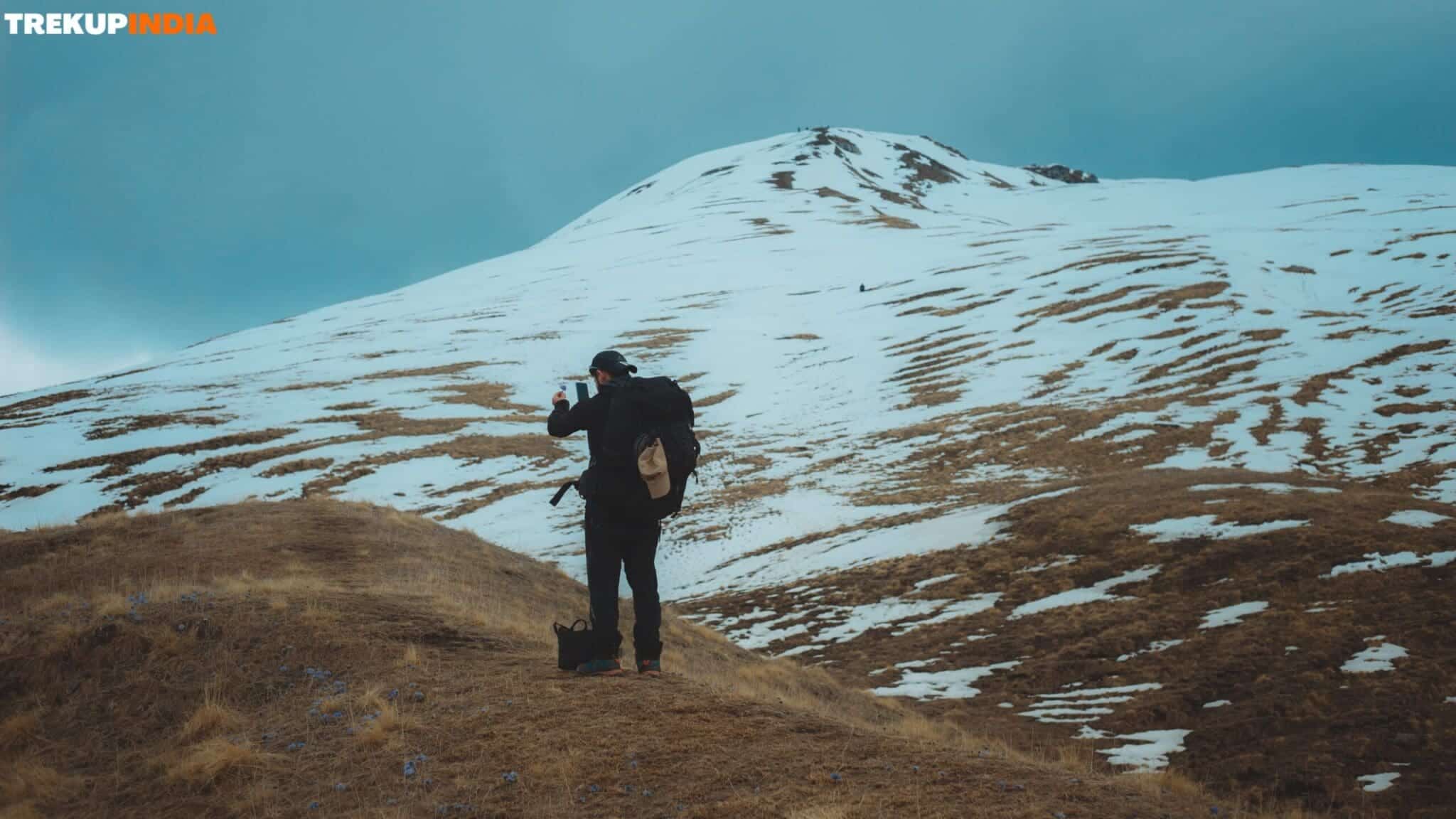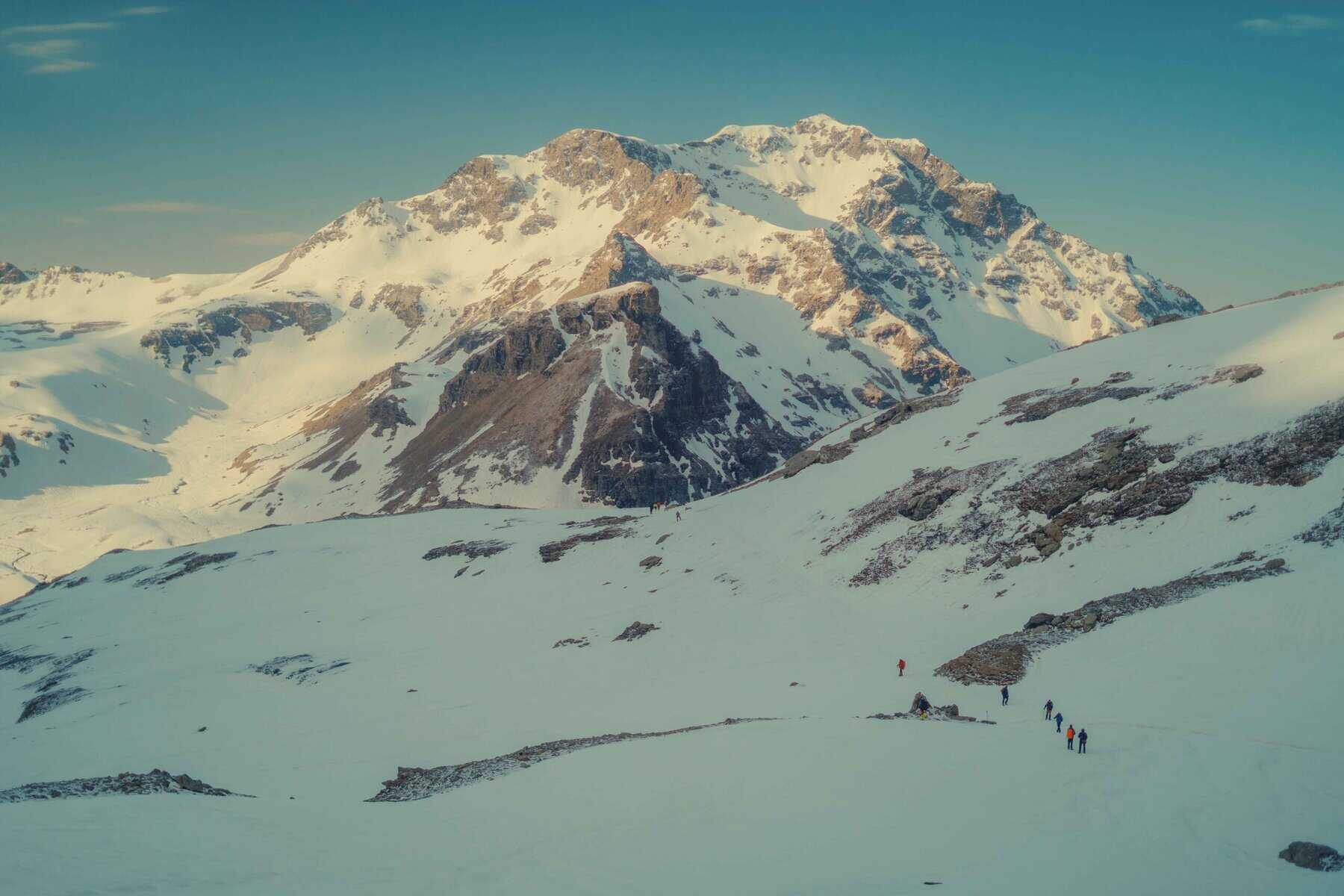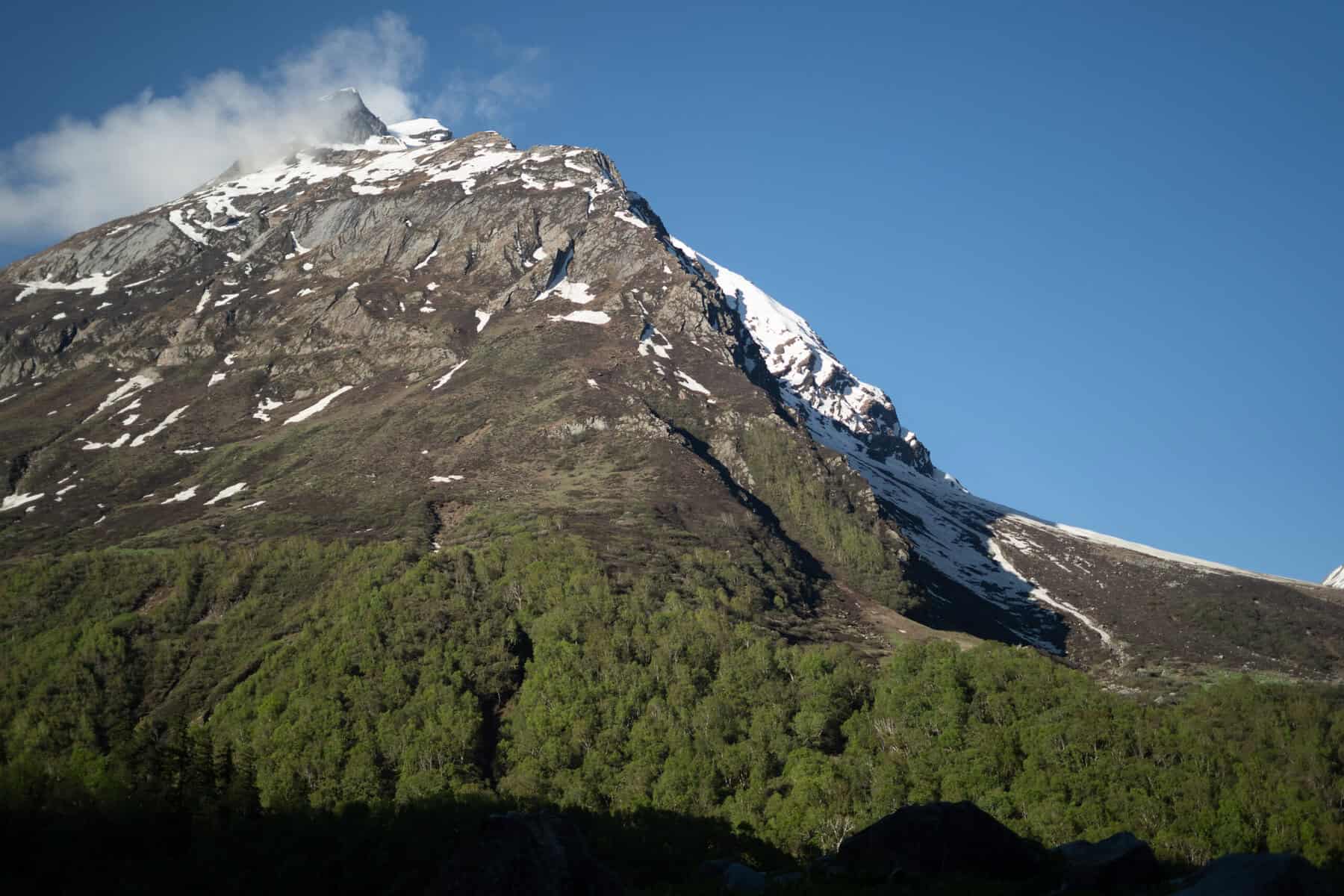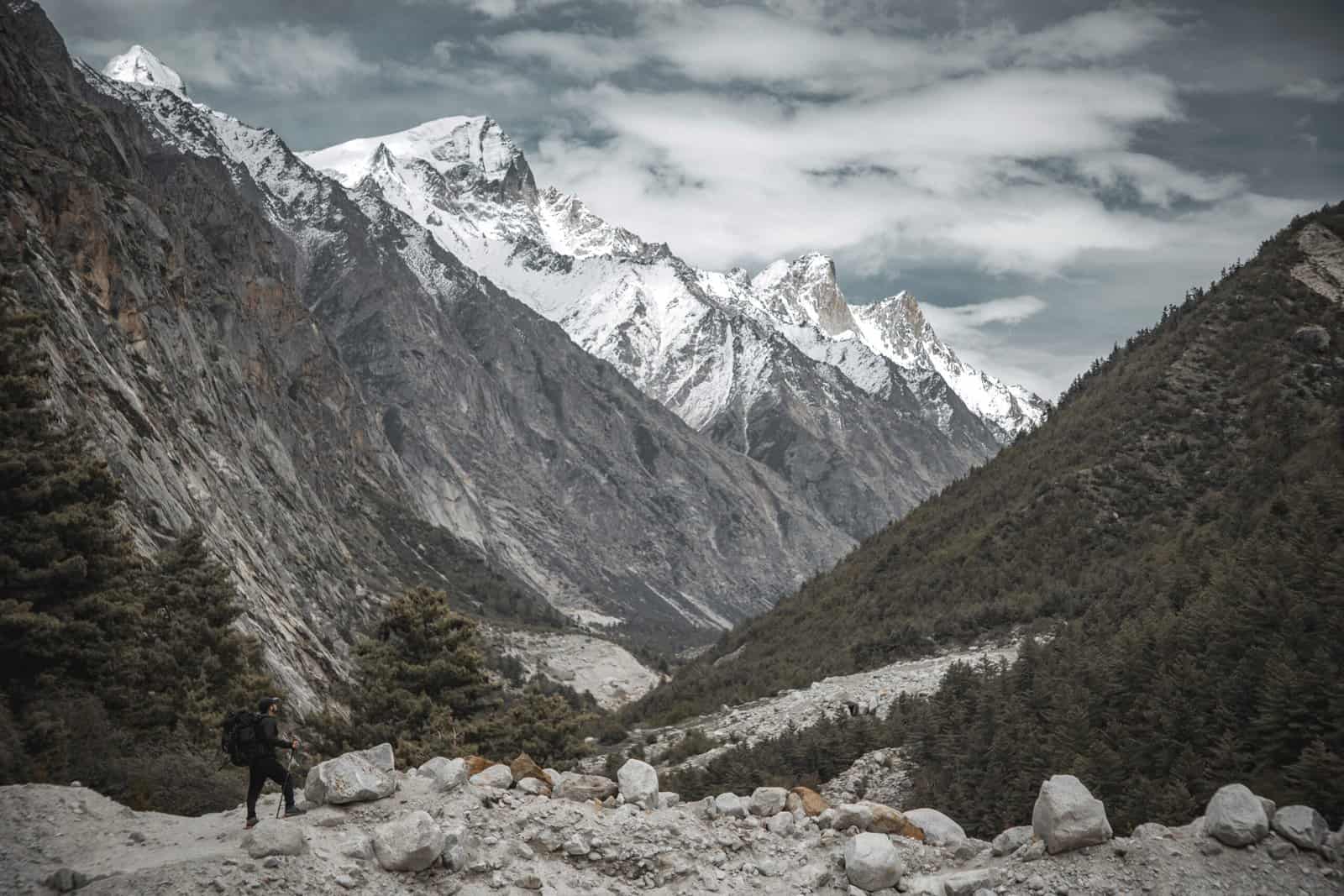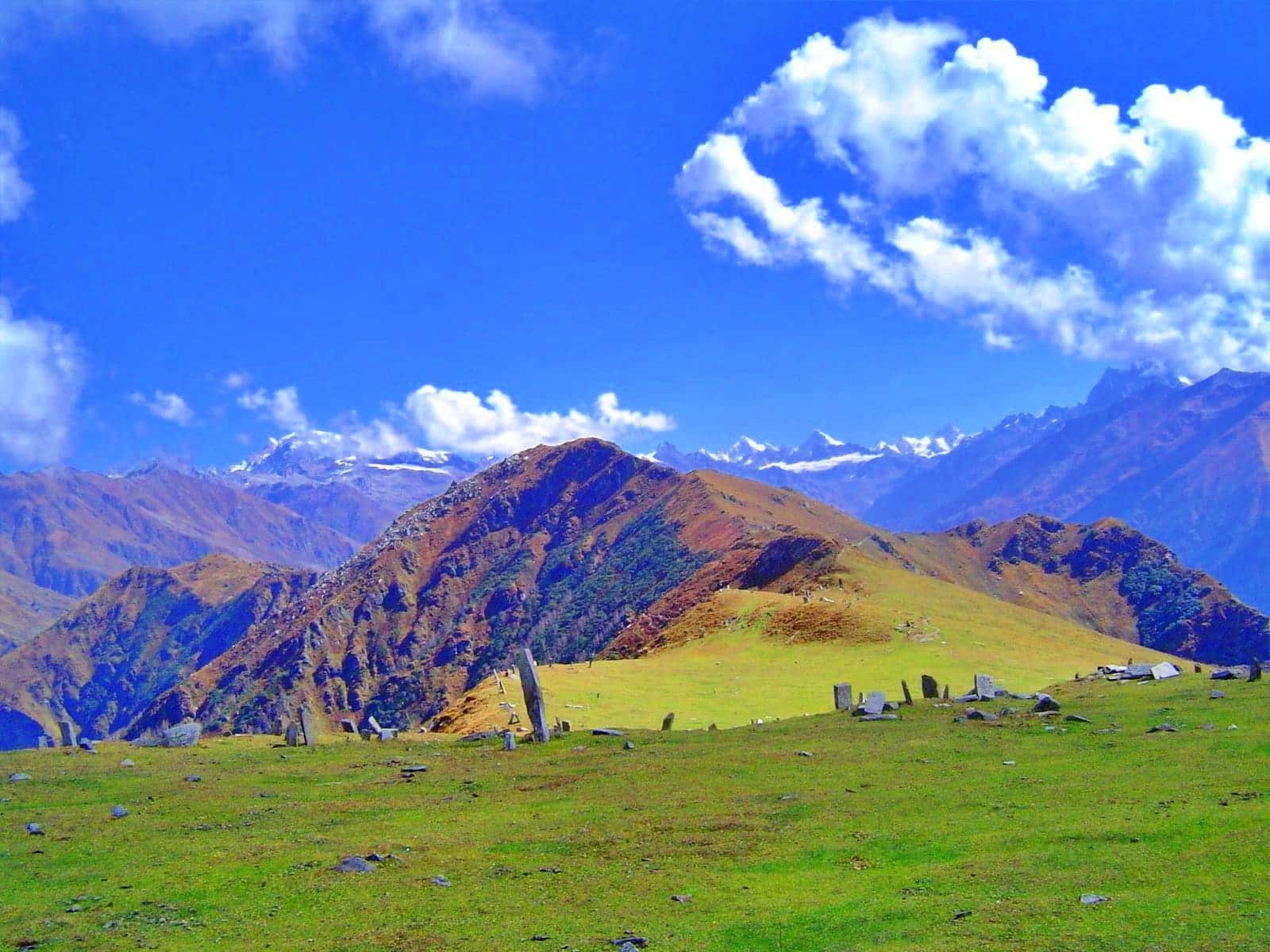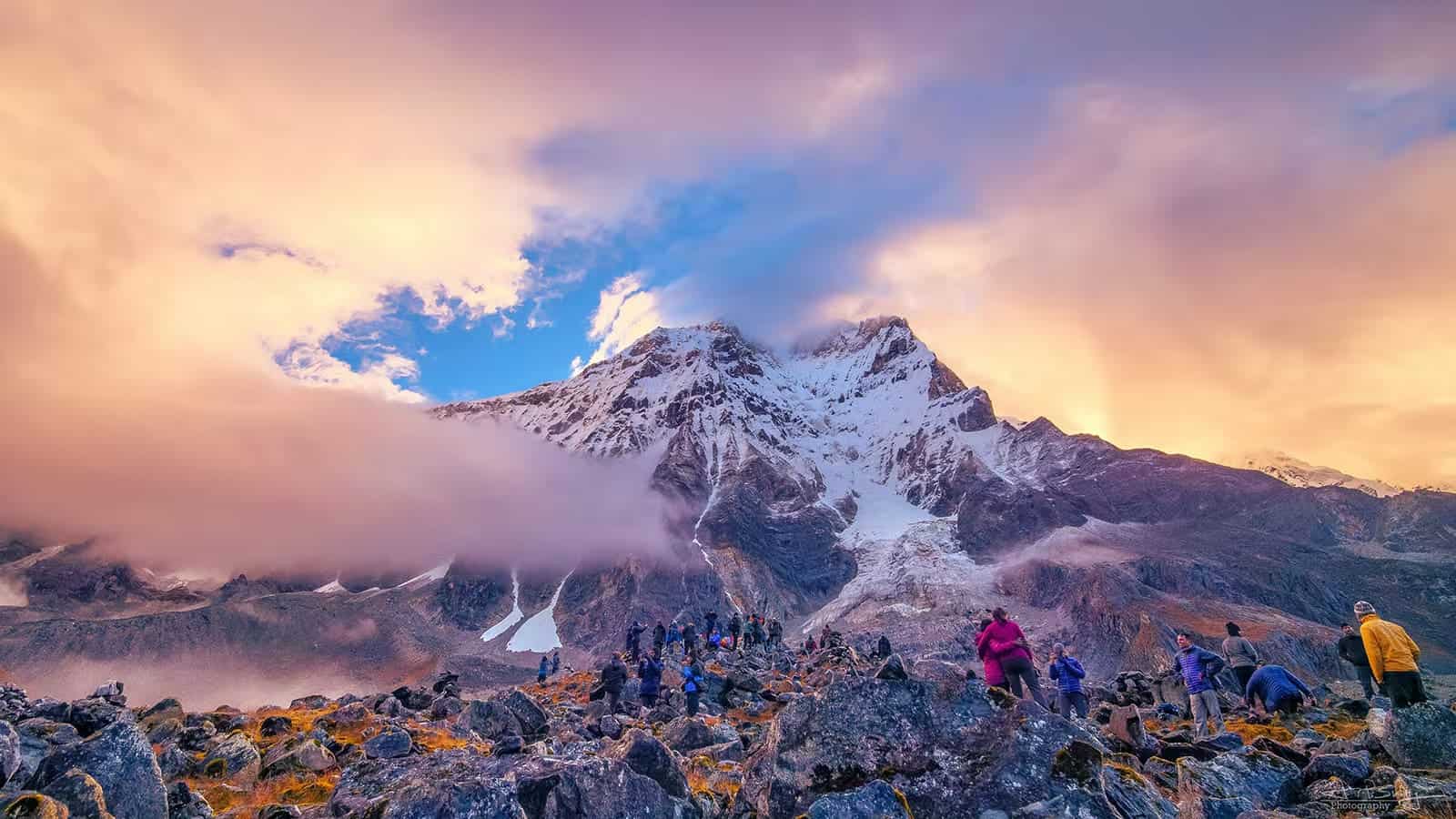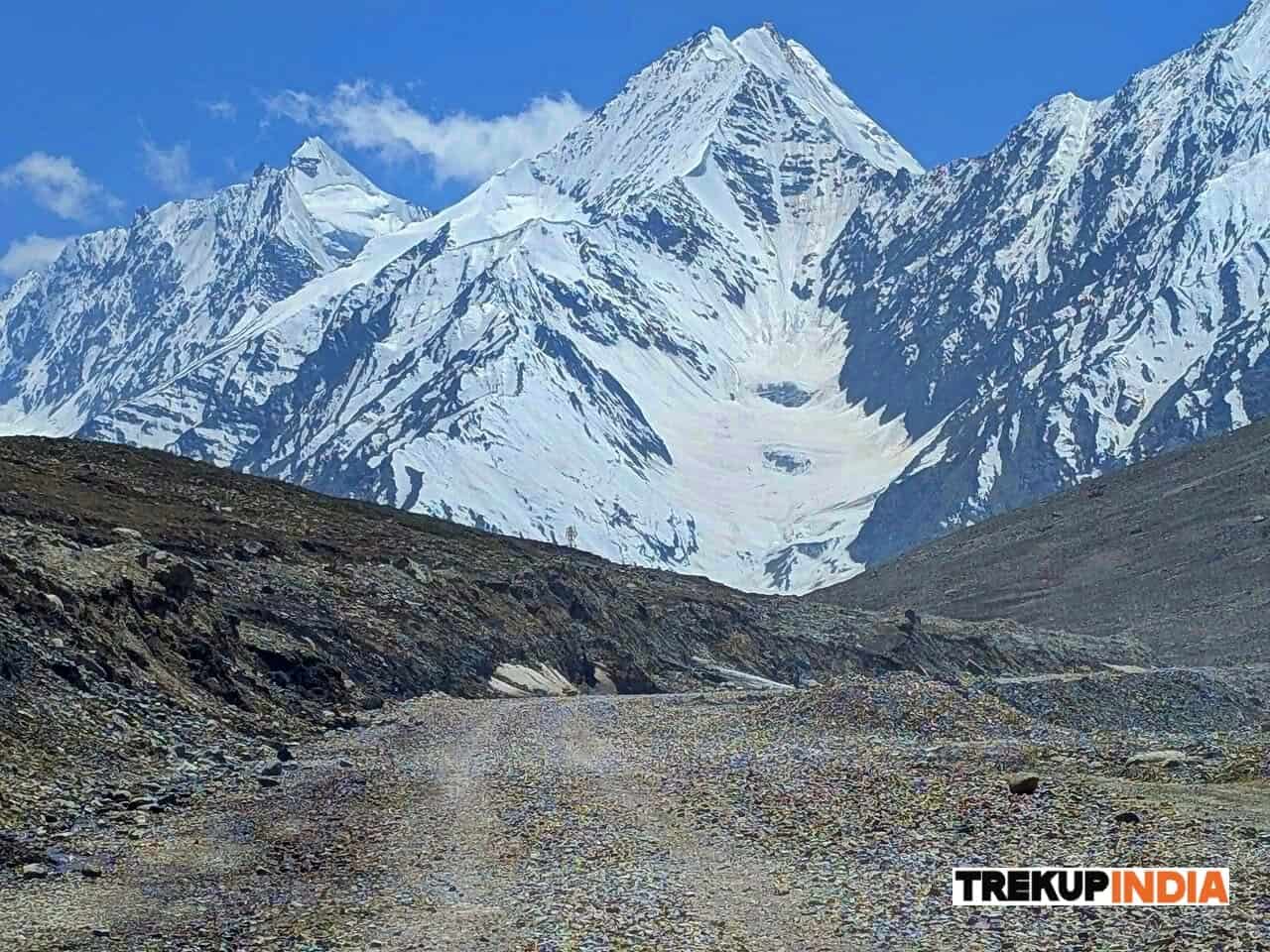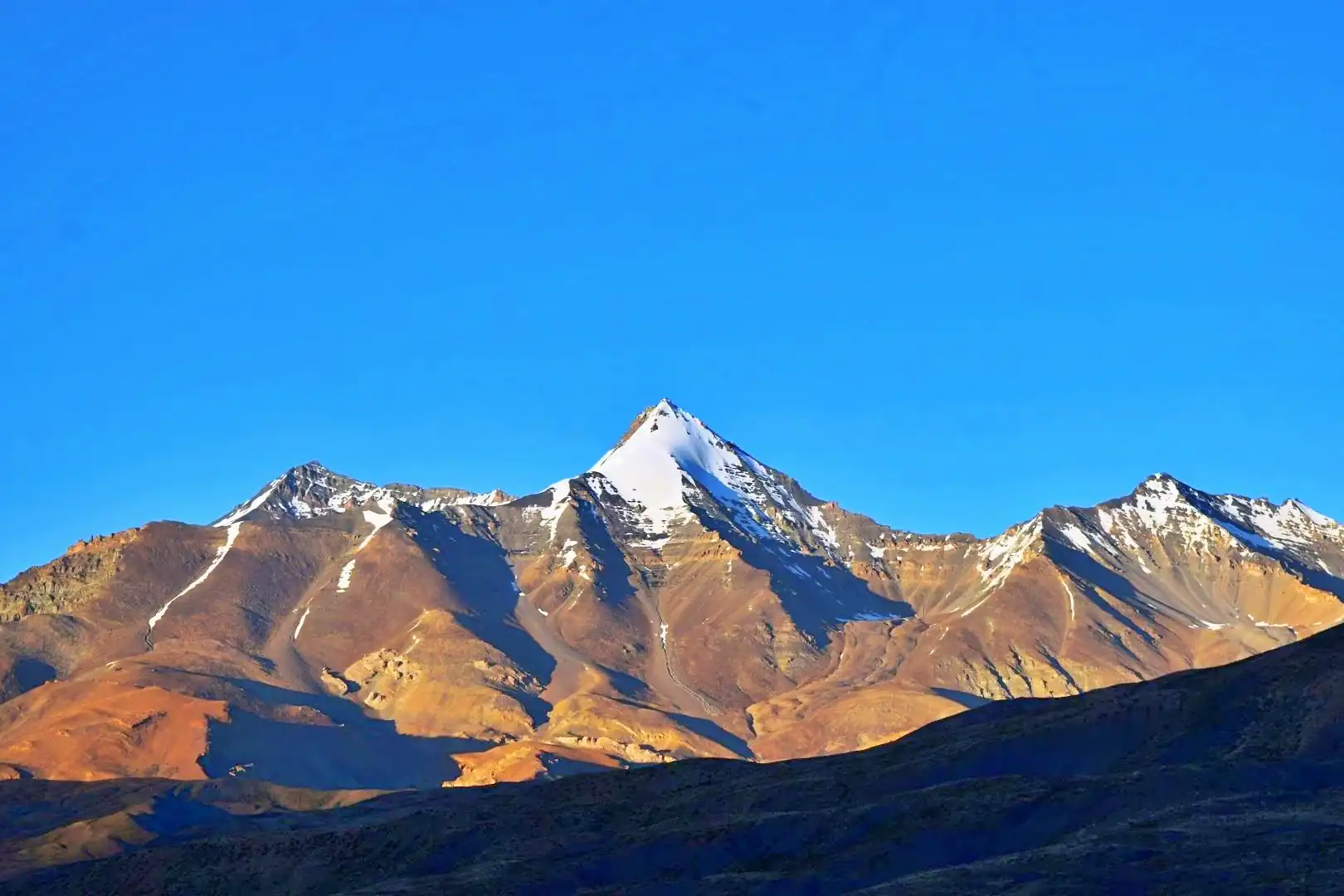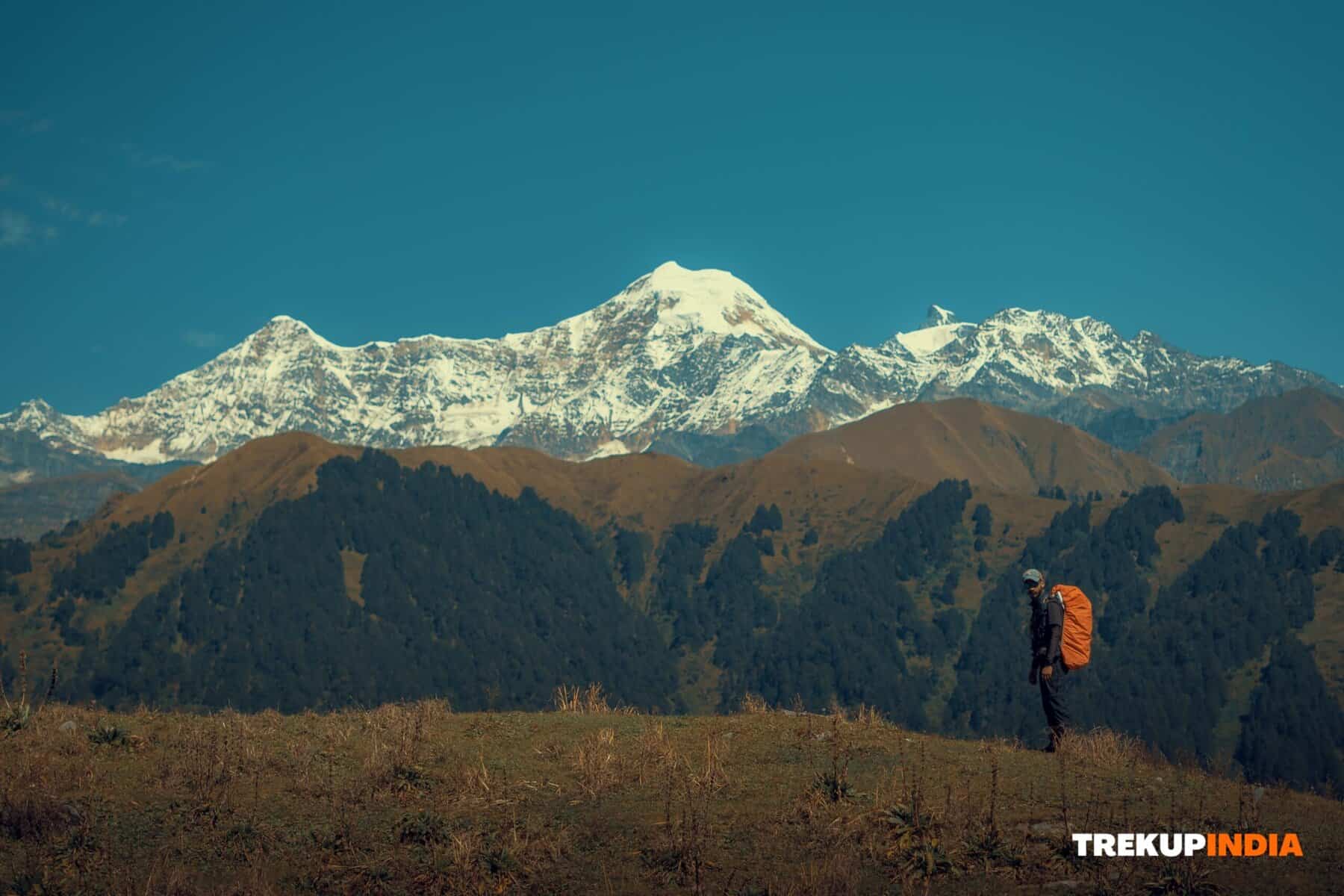Biharinath Hill Trek
Biharinath Hill Trek
| Region: | West Bengal |
| Duration: | 1 Day |
| Trek grade: | Moderate |
| Maximum altitude: | 1,483 ft |
| Best Time to Visit: | All Year |
A hidden gem that is often overlooked, Biharinath Hill makes for a amazing short walk through dense forests located in West Bengal. In the sub-Himalayan region located in West Bengal, it is an ideal destination for rock climbers and trekkers. A tranquil vacation within Biharinath, located in the Eastern Ghats, Biharinath is one of the tourist destinations that is not known to the majority of. Also known by the Araku Valley of West Bengal, Biharinath is the tallest hill in the Bankura district.
The peak is situated 60 kilometers to the north of Bankura the highest elevation is 1483 feet. It is the fourth highest point in the state. Biharinath hill is located between the Purulia Hills and the Damodar River, as it stands tall over the tiny villages of tribal people. Gorgeous vibrant red Palash and Shimul blooms welcome you when you arrive at the village’s base in the spring. The forest is dense and you will be able to see this imposing hill from miles away as you move closer. It is home to the well-known Lord Shiva temple and a dense Sal forest, mountains clean ponds, rocks climbing, refreshing springs, this region on the outer outskirts of the city offers plenty to offer to all. With vibrant lush greenery along the path, Biharinath Hill is one trail that can be climbed at any time of the entire year. It can be conquered within less than three hours, and can be a wonderful morning walk.
Highlights of Biharinath Hill Trek
View of Bankura district
The most sought-after tourist destination due to its rich history as well as art and craft, Bankura district is a vibrant spot with natural beauty.
Biharinath Hill, towering over Bankura is a breathtaking views from the top of the hill. The trek provides a peaceful perspective over The Biharinath Water reservoir. It is a clean precious gem, the reservoir is clean and refreshing. Migratory birds crowd the lake throughout the season of breeding. When you wake up, you hear the bird chirping and sound of the temple bells if you begin your trek early in the early morning.
Bankura has numerous tiny ponds that can be observed in the hills from various elevations. The nature is abounding in this hill, and makes it a wonderful JaljunglePorbat. The color changes with the seasons which makes it a fantastic excursion to go back to.
Experience in rock climbing
Because of the lower elevation, Biharinath makes for the perfect hike for beginners. Trekkers and rock climbers who are not professional are able to enjoy hiking through the forest of Biharinath. With terrain that is easy to challenging that is filled with boulders and rocks, you may have to utilize your hands for climbing some sections of the hills. The excitement of climbing rocks is not common in treks through forests, can be enjoyed in Biharinath. Since there are a variety of routes for climbing the mountain, you can take the bypass route that is on the other slope. This alternative, in contrast to the one described here, does not have clearly marked routes to climb the hill.
Gorgeous Palash blooms and walking in the dense forest
In thick foliage, the Biharinath trek is a trek through dense deciduous forests. In spring, only you’ll find carpets made of Kash, Palash and Shimul to your feet as you get to Biharinath. Palash is also known in the context of the “Flame of the forest”. Different parts of the plant such as leaves, flowers as well as seed gum provide different therapeutic benefits.
In the first week of March the blooming Palash trees look as if they’re burning. The hill is covered by a tropical dry deciduous tree with the highest concentration of Sal trees. The lush greenery is evident during the months between June and October, they wrap the Biharinath hill in the blanket. White-colored Kash Phoolin grass signifies the arrival of the autumn season and Durga Puja.
February to March is the perfect time to experience the carpet of red of Palash with its orange canopy. The gentle breeze and the leaf rustling create the perfect environment to walk in peace. Natural springs can be seen running, gushing through cracks in the rock. Only accessible during monsoons as well as post-monsoons, they are not available during the rest of the month. Between February and April, the dense trail is laid down by the gorgeous Sal autumn. The trail is lined with scrubs and grasses, it is possible to see various medicinal plants that are native to the region along the trail.
Beautiful butterflies, birds and even flowers
Biharinath hill is blessed with a thick layer of green. The road is lined with gorgeous flowers and medicinal plants. If you’re lucky enough, you may see butterflies such as Nawab, Rajah and other uncommon species. Common Babbler, Little Egret is often seen. If you’re lucky, you may find the purple-rumped Sunbird and Painted Spurfowl and Red-rumped Swallows within the forest. Try to spot the most birds you can, and note the different colours. It is possible to look to this pagefor details on the birds that are found in Biharinath Hill.
Don’t overlook the painted grasshoppers in the area around the reservoir. In monsoons you might even spot wildlife close to the fence that surrounds the reservoir. The hill is home to hyenas pangolins, and chameleons. be seen occasionally in the monsoon season, particularly. With a mix of vibrant floral displays and a wide variety of flowers, the trail is decorated with beautiful blooms, dance-dancing butterflies, and beautiful birds. It’s the perfect place to walk with, even if you’re in solitude.
Biharinath Hill Trek Detailed Trail Information
Ascent
The entire hike covers three kilometers. It is marked on rock faces at equal distances making it simple for an individual trekker to travel in a safe manner. The surrounding terrain is typical of the Chhota Nagpur plateau with red laterite soil and big rock formations. This trail runs by large boulders and rocks until the top. The trail will take you through dense forests, which become more dense and deeper post monsoons. The route begins with the signboard that was installed by Directorate of Forests, Government of West Bengal.
- This ascent, which is 1.5 kilometers can be divided as 3 parts:
- The first 200m is an ascent that is gradual, lasting 5-10 minutes. Stones embedded in loose soil will provide enough support for the initial climb. In conjunction with Sal trees It will lead you further in the woods.
- The first 200m is an easy climb without any difficulty.
- The following 1 kilometre can be a endurance exercise.
The boulders grow larger and the slope gets steeper.
The terrain is completely covered in rock, which is similar to those of Chota Nagpur plateau The experience will transform into a thrilling climb. When the initial stretch gains the required momentum, the surface will be a test for your endurance. As you enter deeper into woods, the trail is steeper at this point. Beware of thorny stems along the trail that is less rocky. It’ll test your coordination of your limbs and strength. Make sure you remain on your feet as you climb the rock.
Since the rocks are in places loosely embedded there is a possibility that you could fall. We recommend you wear proper trekking shoes. They will provide enough support and the ability to walk on a level surface, and are suitable for terrains with a lot of rocks. The middle section of ascent will take a fit hiker about one hour for completion. The last stretch of the summit is about 300m. It’s an easy, gradual climb that takes about 10 minutes.
It will take passengers to the summit table on the summit. It’s easy to spot it when you enter the level forest field. A tiny Hanuman shrine that has photographs of the god has been placed in between the rocks.
You’ve reached the top of Biharinath Hill.
It is evident when driving towards it from your vehicle as well, the Hill isn’t an edifice or a the summit. Like a small island from a distance the Hill is a flat table top. It’s hard to locate the best vantage point for a view of the area from the summit. There is plenty of room to roam in the forest without restriction and explore.
Descent
The climb will take about 1 hour to get to the bottom of the hill.
It’s a bit more challenging than the ascent of Biharinath Hill. Biharinath Hill.
The first 800m of the descent are steep and will require your hands at certain points.
The last route is a gentle hike.
Make sure that your footing is solid when crossing the rocks. Be careful since some are floating in the soil and you could harm yourself.
How to Reach For Biharinath Hill Trek
Biharinath Hill trek begins at the Biharinath Temple. It’s about 14 kilometers distance from Saltora Town. Saltora is among the main cities in the Bankura district in West Bengal.
Biharinath Hill : Location
By way
- Distance between Kolkata towards Biharinath is 225 km (5-6 hours)
- Distance between Bankura from Biharinath is 60 kilometers
- Distance between Asansol towards Biharinath is 50 km.
Private vehicle
From Kolkata:
If you’re thinking of getting to Biharinath by car from Kolkata You can utilize the navigation feature on Google Maps.
Essentials for the Kunagalu Betta Trek
- A well-stocked First Aid kit, including:
- Scissors
- Band-aids (regular and waterproof)
- Analgesic spray (Relispray, Volini, etc.)
- Antiseptic Liquid (Savlon, Dettol, etc.)
- Antiseptic powder (Povidone-Iodine-based powders like Cipladine, Savlon, etc.)
- Cotton roll and bandage
- Crepe Bandage
- 1-inch wide medical tape (paper or cloth)
- Micropore tape
- Tablets for motion sickness (Avomine) and acidity (Gelusil, Digene, etc.)
- Mild pain relief tablet (Crocin)
- Identity Card
- Cap, scarf, bandana, and sunglasses
- At least two litres of water
- Lemon, salt, or an electrolyte drink (Electoral/Gatorade/Glucon D, etc.)
- High-calorie snacks (nuts, dry fruits, home-baked cake, etc.)
- Safety pins, rubber bands, and a whistle (useful in emergencies)
- Quick-drying T-shirts (preferable over cotton tees)
- Poncho (only during monsoons)
- Plastic sheet to wrap electronic devices (only during monsoons)
- Sunscreen (SPF 50+)
- Trekking poles (optional)
Remember to always seek advice from a physician before consuming any medication.
Dates For Upcoming Treks
Want To Trek Like Pro?
Basically, watch these videos if you want to trek the same way professional trekkers do and make your skills better. These videos contain useful tips and techniques to further improve your trekking skills itself. These videos actually help both new and experienced trekkers improve their trekking skills. These videos definitely provide useful tips that make your trek better. We are seeing that these videos by Trekup India experts will only help you make your trekking skills better.







Know Everything About Acute Mountain Sickness
Acute Mountain Sickness occurs when people trek to high altitudes above 8,000 feet. This condition itself develops further due to reduced oxygen levels at such heights. Basically, as you go higher up, the air pressure and oxygen levels decrease, which causes the same problem. Acute Mountain Sickness surely causes headache, nausea, vomiting, and dizziness in affected persons. Moreover, peoples also experience difficulty in sleeping during this condition. To avoid mountain sickness, you should actually trek up slowly to higher altitudes. To learn further about this condition itself, watch the videos by Trekup India.





